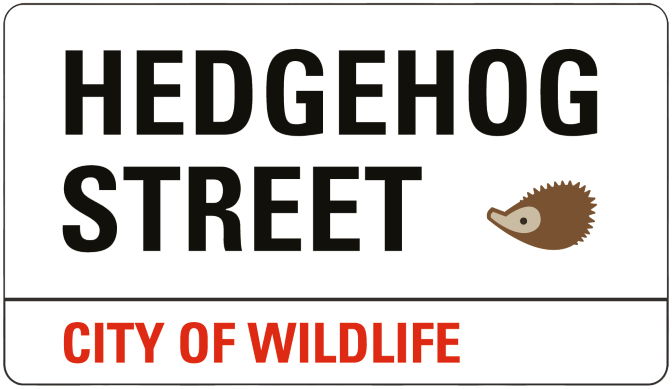Paint on hedgehog!
Home › Forums › Hedgehog signs and sightings › Paint on hedgehog!
- This topic has 3 replies, 2 voices, and was last updated 1 year, 8 months ago by
 Nic.
Nic.
-
AuthorPosts
-
7th April 2023 at 10:18 am #42063
A few nights ago my regular visitor appeared with what looks like white paint on her rear spikes. I do not know if this has happened accidentally on her night time travels or if someone has purposely done this to identify her. …Do hedgehog carers ever do that to differentiate hogs from each other? I was upset and worried to see this initially but it does not seem to be bothering her. (I write “her/she” but I do not know if female for sure 🙂)
11th April 2023 at 8:00 pm #42158Hi MsC
It could be that someone has purposely put paint on the hog to identify it. Also, I believe some hog carers do mark hogs to identify them, but hopefully they would be responsible enough to stick to the BHPS advice and only mark a few spines. This is a copy of BHPS advice – taken from https://www.britishhedgehogs.org.uk/faq/ Can I ‘mark’ my hedgehogs? :
“Can I ‘mark’ my hedgehogs?
We’re pretty sure a hedgehog would rather not be marked, but if you are going to do it, please do ensure that you use a non-toxic water-based marker and mark just a few spines of the hedgehog. Keep the mark away from the hedgehog’s face and mark it in the garden on the ground rather than picking it up/bringing it indoors. Please don’t use red as people may mistake it for blood and ‘rescue’ it. Do not make hedgehog conspicuous to predators. We have seen some very sad images of poor hedgehogs practically covered in paint! If you are watching the hedgehogs on a wildlife camera you will often be able to tell them apart over time without the need for marking.”
It is possible to identify individual hogs from their natural markings if you look closely at them. These are a few ideas I have written down in the past, in case you are interested in identifying the hogs naturally:
Facial markings. (general colour, dark or pale, whether there are stars – as on horses, Triangles coming down from between ears, bars across the face in various places and angles, bars beneath ears, any pale patches, areas of mottled appearance, dark marks from nose to eyes, how far above the eyes the dark mark goes, the shape of it, etc.)
Colour of fur inside ears. On camera dark, medium or light.
Colour of spines – (if observing them through binoculars i.e. russety, dull brown, pale, any pale groups of spines, etc.) On camera, dark medium or light.
Variations/gradations in colour of their skirts (the hairy part underneath the spines) Sometimes a skirt can be pale with dark bands going down – a bit like a hedgehog barcode!
Whether there is a marked band between the skirt and the spines and if so, what colour it is. On camera different depth of darkness can be detected.
Whether or not they have a big ruff, although that sometimes changes during the season.
Etc.
I recommend drawing a template of a hedgehog face which can filled in for different hogs. My current profile picture is a rough template of a hog face.
Drawing a picture helps us to be more observant and remember better.This method of natural identification, has the benefit, not only that the hedgehog is not being, potentially, distressed by being repeatedly artificially marked, but it is possible to recognise the hedgehog year after year – usually not the case with artificial marking. When a hedgehog arrives, if you don’t recognise it, just check your sketches to see if it is one you have already drawn, if not use another template and fill it in.
If there is one hog visiting there are likely to be others in the area, so you may find you get more visitors and can learn how to spot the differences between them.
Good luck and happy hog watching.
15th April 2023 at 12:39 am #42196Hi Nic, thank you for your reply and adding the interesting post about identification – fascinating reading! With regards to my lovely visitor, I am noticing a lot of the paint on her has come off, it is a much smaller patch now. 🙂
15th April 2023 at 10:25 pm #42204Hi MsC
That’s good news that the marks are wearing off. In that respect all the rain we’ve been having recently probably helped! If it’s come off that quickly, you might be lucky and the patches could be where the hog has been rolled by another in some mud – it can show up as pale on night cameras. But alternatively it might have been water based paint. Whatever it was, I always think the hogs are at their most beautiful and more natural looking with clean spines, so it’s good that the patch is wearing off. Fingers crossed the hog remains unblemished. Good luck.
-
AuthorPosts
You must be logged in to reply to this topic.

